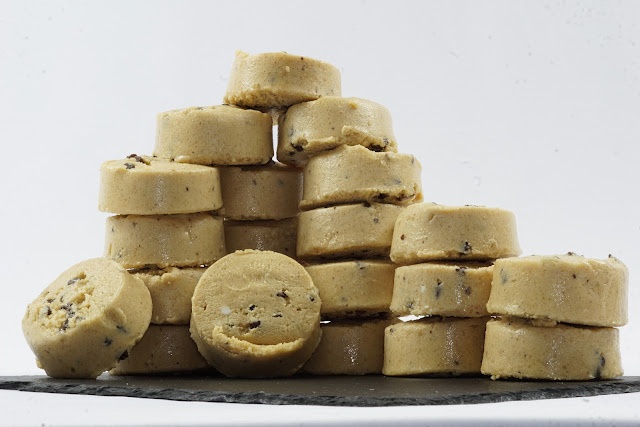How to Choose the Right Cockroach Pest Control Product for Your Specific Infestation?
Cockroaches are one of the most common household pests around the world, and they can be a real nuisance. Not only are they unsightly and can cause allergic reactions in some people, but they can also carry disease-causing bacteria.
If you have a cockroach infestation, you need to act fast to get rid of them. Choosing the right pest control product is essential to eliminate these pests from your home effectively. In this article, we will discuss how to choose the right cockroach pest control products for your specific infestation.
Identify the Type of Cockroach
To select the appropriate pest control product for a cockroach infestation, the first step is to determine the species of cockroach involved. Various types of cockroaches exist, and each requires a unique approach to control. The German cockroach, the American cockroach, and the Oriental cockroach are the most frequently encountered cockroaches in homes and workplaces.
German cockroaches have a light brown or tan hue, are small in size, and have two dark stripes on their back. They tend to thrive in warm, humid settings such as kitchens and bathrooms. American cockroaches, on the other hand, are larger than German cockroaches, have a reddish-brown appearance, and feature a yellowish figure-eight design on their back. They are frequently found in basements and crawl spaces. Oriental cockroaches, which are dark brown or black in color, tend to reside in damp regions such as basements, crawl spaces, and drains.
Consider the Severity of the Infestation
The severity of the infestation is another crucial factor to consider when choosing a pest control product. You can eliminate cockroaches with home remedies if you have a small infestation. However, if you have a significant infestation, you may need to use more powerful cockroach pest control products like a roach glue trap or powder duster applicator.
What is a roach glue trap or powder duster applicator?
A roach glue trap is a sticky trap designed to capture cockroaches. Roach sticky traps are typically made of cardboard or plastic and are coated with a sticky adhesive that traps the cockroaches when they come into contact with it. Roach glue traps are commonly used in areas where pesticides or insecticides cannot be applied, such as in kitchens or around children and pets.
A powder duster applicator is a tool that is used to apply insecticide or pesticide powder to hard-to-reach areas. The applicator allows the user to apply the powder controlled and precisely, making it an effective tool for treating cracks, crevices, and other areas where cockroaches may hide.
Here are some of the benefits of using these products:
Roach glue traps:
They are an easy and effective way to catch roaches without chemicals or poisons.
They are inexpensive and widely available.
They are safe to use around children and pets.
They can be placed in hard-to-reach areas, such as under appliances and behind cabinets.
They can be used as part of a larger pest control strategy to help reduce the roach population in your home.
Power duster applicators:
They allow for the precise application of roach bait and insecticide dusts in hard-to-reach areas, such as wall voids, cracks, and crevices.
They help to distribute the insecticide more evenly and effectively than manual application.
They save time and effort compared to manual applications.
They are also designed to be safe to use around people and pets.
Conclusion
When selecting a pest control product, it is essential to consider the severity and extent of your infestation, as well as the potential risks and benefits of each product. It is also crucial to follow all instructions carefully and take proper safety precautions to avoid harming yourself, your family, or your pets. However, using a combination of roach glue traps and power duster applicators can help to control roach populations in your home and keep your space free from these unwanted pests.

.png)


Comments
Post a Comment